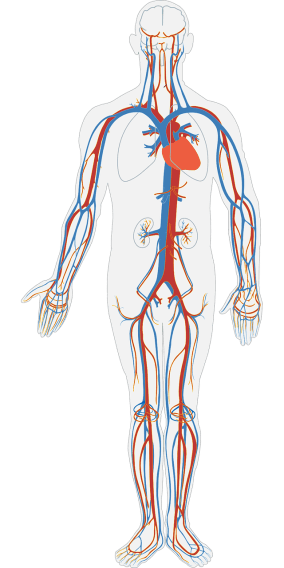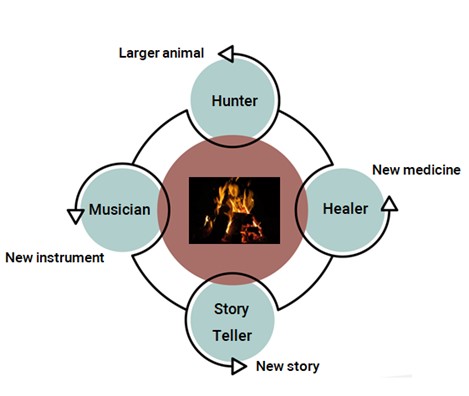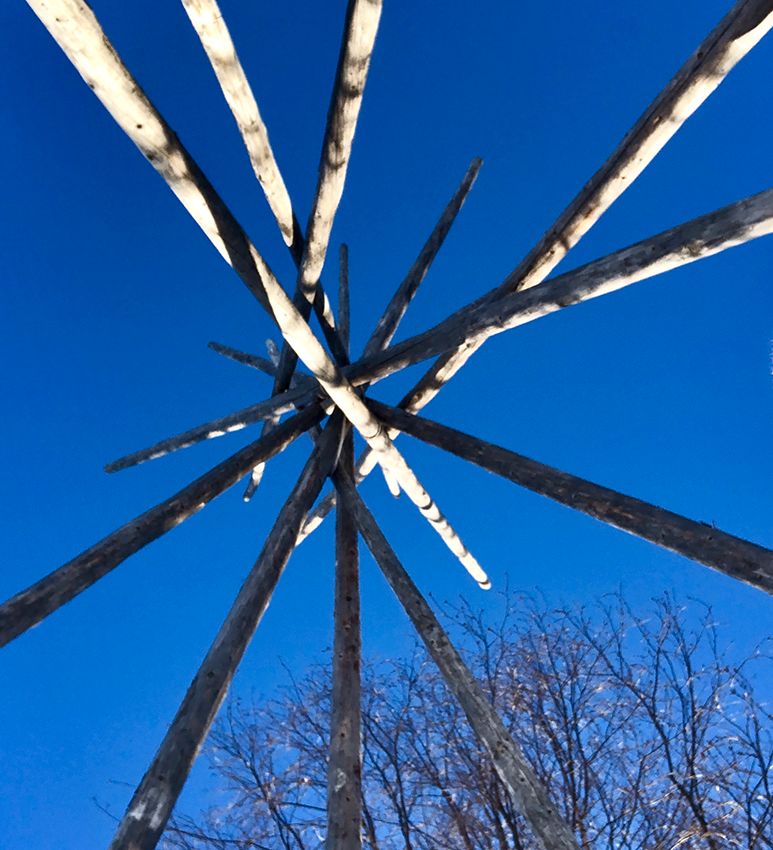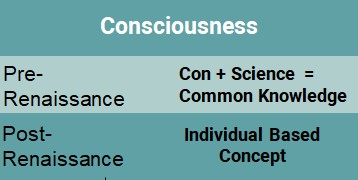The Geography of Creativity
How Nature Perceives Itself
Once upon a time, humans lived in nature. Not in the vicinity of nature, in nature. They were one.
The globe is rich and diverse. It includes seas, lakes, rivers, winds, currents and more. These elements are not divided from one another but feed one another. They impact one another. Winds impact currents which influence waves which craft the shorelines.
The “professional” perception of nature relies on collaborations and complementary based teamwork.
In nature everything is one, nothing is separated.
Back in the tribal era, humans aligned themselves with nature. Their perception was designed accordingly. They were a part of nature, like an organ in its body. Just like organs in our body influence one another and correspond with one another, they are not separated.
The existential- physical’s perception of the tribe member was systematic: I am part of a system which feeds me (nature as a food provider), protects me (natural resources), affects me (climate, topography, weather) etc.
Nature was one’s feeding resource, teacher, learning and mimicking hub.
Source: The Arktikum Museum, Finland
The existential- physical’s perception of the tribe member was systematic: I am part of a system which feeds me (nature as a food provider), protects me (natural resources), affects me (climate, topography, weather) etc.
Nature was one’s feeding resource, teacher, learning and mimicking hub.
The tribe members’ leading learning resources were connection to their senses, experimental involvements and observing nature.
Nature designed humans’ perception into a holistic one, as a networked perception or a tribal perception.
The tribe member observed nature and witnessed how it perceives itself as a tribe. Thus, it was only natural that his lifestyle was designed as a common-tribal one. The individual developed unique skills as a self-manifestation and fulfilment tool. In a tribal lifestyle, the tribe encouraged him to do so as it was rewarded from it. When the individual grows, the entire tribe grows.
His social perception was systematic too: I am a part of something which feeds me (hunter- existential; musician- entertainment; storyteller- spiritual, etc.), protects me (mutual care), and affects me (the contribution of other individuals in the tribe).
In a tribe everything is one, nothing is separated.
The individual’s identity was clear since a young age: to bring forth his/her natural born skill. By doing so, the individual generated an added value for the entire tribe. The added value was their distinct skill. In return, the individual won a priceless reward: 1) a strong sense of belonging 2) safety and 3) an ultimate platform to leave one’s authentic mark- the basic universal needs of humankind ever since.
The “professional” perception of the tribe member relied on collaborations and complementary based teamwork, like those of nature.
A Teepee Skeleton: snapshot from below
Yes, the tribe was like a pencil bag, filled with many colored pencils. It also acted as the sharpener to these pencils. Each pencil (individual parts to a whole) was unique in its approach, original in its working style, but all pencils needed the sharpener (the tribe- the whole) in order to continue expressing themselves. The entire system was based on a feedback loop.

…The eye can’t see itself…
…The sword can’t cut itself…
Alan Watts

The creativity of the tribe’s individuals generated an added value for the whole, and connection instead of isolation persisted.
In nature, each organism gets its role, its purpose. Its function derives from its genetically encoded distinctiveness, not by a governor’s guidance.

…Go to the ant, you sluggard; consider its ways and be wise!
It has no commander, no overseer or ruler…
Proverbs 6:6-11

The practice is its natural way of self-expression. This serves to preserve self-manifestation, and for carrying out its natural born skill: to generate an added value for the whole, and to notice ones identity as a part of a whole.
Both its role and its function do not stand alone, they are relatives. They are part of a rich ecological world which collaborates hand by hand. A massive food chain. A part of a miracoulous system which constantly develops. This is similar to nature’s feeding elements (winds, currents, waves, shores), which are similar to the human tribal elements (healer, musician, storyteller etc.), a community which develops on the basis of reciprocal relations. A system that relies on complementary partnerships, guided by the self-organization principle.
The film demonstrates a beaver family building a dam. Note the efficient usage of the available resources- a leading principle in the world of creativity, in any field and in any era. This principle requires a connection to the nearby environment through senses. They are driven by a strong connection to their natural instincts while connecting between seemingly unrelated resources into an harmonic composition: a dam. This is similar to a music band. The adults act while observing their surrounding and connection to their natural instincts. The youngsters then mimic the adults while observing them. Length: 2:30 minutes.
Here is one example: let’s focus on the beavers.
At the end of the day, the dam is part of a larger scale ecological system. Its “role” is to generate an added value for other “users” in the area: the dams filter water, the ponds build up soil and nutrients that help prevent floods and draughts.
Beavers’ dam in North America. A manifestation of a unique skill which generates an added value to other users- the core of creativity.
In the beavers’ perception everything is one, nothing is separated.
The beaver’s role is only a part of a greater picture. They are an organ in earth. They don’t stand alone. Their communal work derives from a tribal perception. In spite of the fact, or actually due to the fact that their distinctiveness is undoubted, they persevere. After all, there is no other animal in nature which can replace the beavers in creating dams…
Beaver cubs, similar to children of the tribe, learn mainly by: connecting to their senses and instincts, experimental involvement and mimicking the adults via observation.
The “professional” perception of beavers also relies on collaborations and complementary based teamwork.

To develop a complete mind: Study the science of art; Study the art of science. Learn how to see. Realize that everything connects to everything else
Leonardo da Vinci

Good Bye Tribal Perception, Hello Analytical/Hierarchy-Based One
As humans distanced themselves from their resources, they also detached themselves from nature which became “external” in perception. The change that the word “consciousness” went through before and after the renaissance (Approx. 1200-1300) reflects this statement.
Source: Seven Life Lessons of Chaos: Spiritual Wisdom from the Science of Change John Briggs and F. David Peat, 2000
We will be back to the renaissance in just a moment…
Long beforehand, in Ancient Greece (Approx… 400B.C) the analytical perception was rooted. Here is the evolution of the analytical perception and its modern consequences in one paragraph:
In its core we find logical thinking. This type of thinking “loves” arguments, reasoning and facts. Socrates, Aristotle and Plato implemented this type of thinking into the collective consciousness. The thinking style is based on classification of ideas, and consequently segregation and hierarchy in its nature. Slowly but surely the emotional part of the brain had been cleared off the perceptual podium’s pick to the thinking part. From then onwards, the scientific approach was becoming the dominant one in learning, analyses and development processes. In its core, the scientific approach relies on command and control. In parallel, expertise (nurtured not natured) is born. Analogically, a modern expertise is comparable to a drilled underground shaft. The thing about creativity is that it loves pollination, and so, a horizontal underground channel is required in order to connect between the divided experts’ “subway stations”.
Back to the renaissance in one paragraph:
In this era, Print was developed. Biographies came to the world and the desire for self-learning was naturally developed. In parallel, mega cities were born; cities which fed elements such as privacy and hierarchy were developed. Humans became more self-focused. Slowly and surely the tribal-holistic perception of the ancient men had been replaced by the analytical and hierarchy- based one, a distant perception which divides and limits by its nature. Down the stream the selfie will be born.
The political borders which created endless problems reflect, more than anything else, how humanity changed its perception from systematic-holistic to analytical and division. The latter is a control junky.
Over the course of humankind’s evolution, the mind flashlight (one’s self-attention), has been isolating itself while gradually illuminating individualism. Humans began defining themselves through their personality, financial status and achievements. Slowly this mind torch became externally oriented and thus distant to his senses and his instincts as part of his ongoing decision-making process. Consequently, the modern man is less aware of himself and to his being; to his uniqueness; to his natural born distinct encoded creativity. He is also less aware of his surroundings (a navigator vs. “excuse me where is 12 Sheridan Road?”). His mind is focused on acquiring information and knowledge from external resources (books, articles, online lectures) and less oriented into sharpening his unique internal wisdom.
Above is an assembly of international tourists on a frozen lake in Sweden on an ice-breaker tour. The selfie photos were the main star of the moment. I mainly observed.
The growing distance and division from natural learning and inspirational sources in the form of observing nature and connection to one’s senses harmed the trust of the modern men: both in himself and in others.

The evolution of the analytical thinking which divides and distances in its nature has been establishing hierarchy-based thinking: 1) The modern human prioritizes thoughts over feelings 2) Validates his moves via facts and sensors rather than through intuition and senses 3) Consequently, his self-esteem deteriorates and his trust declines, while the need to control rises.
Source: the Arktikum Museum, Rovaniemi Finland
A chronic of control: left- local timber industry. While distancing from nature, humans objectified nature and began to exploit its resources rather than to learn from them. The local timber industry which is one of the key national income resources in Finland is live evidence; middle- a white teacher designs native pupils’ perception; right- old church which was built in the area as part of the religious converting policy.

Blackbird singing in the dead of night
Take these broken wings and learn to fly
All your life
You were only waiting for this moment to arise
Blackbird, The Beatles

A hierachy based approach does not begin in business and ends in education, it is all around us.
But humans: dark skin, Asians, Jews or Muslims, from the Silicon Valley Era or the Tribal, they all share two basic universal elements which serve as driving forces: communication and the ability for self-expression of their original point of view.
These basic elements have been suppressed for too long by hierarchy-based educational and managerial approaches. Thus, the natural and fundamental human needs in the form of communication and self-expression will be met sooner than later. Not surprisingly human nature brings into life modern platforms which will better meet these needs: shared working and learning spaces. There will be meeting points for diverse perceptions to pollinate one another; just as nature has taught us.
Anyone cares to light the fire in the middle?!
The educational world is going through a dramatic change. From hierarchy based approach (“filling of a vessel”) and individual based learning (chairs and tables) to inter-disciplinary team complementary approach (“kindling of a flame” in shared learning spaces)
The business world, similar to the educational one is also facing a paradigm shift. From cubicles (competitive and selfie state of mind) to shared office spaces (communication-based and pollinating working environment)
Thank you for joining my trip.
Contact me should you want to have me joining yours.














